Last week I went to Jaffa Gate hoping to get a great photo of
the mayor of Jerusalem repelling down the walls of the Old City.
The walls were built from 1535-1548 to protect the inhabitants of Jerusalem.
However, they did not stop the Jordanian Arab Legion from attacking in 1948,
destroying everything and forcing Jewish residents out of their homes.
This ruined synagogue is a reminder of that occupation from 1948-1967.
I did not see the mayor, but found this scene on the plaza by Jaffa Gate.
A group of Israeli soldiers paid no attention and walked by
as this woman who identified herself as a Palestinian journalist,
coached a sad-faced Arab vendor and tourist for the camera.
So much for the narrative of persecution under occupation
and no freedom of the press in Israel.
The Monastery of the Holy Cross was built during the 5th century
and was surrounded by high walls for protection.
Compare its walls to the new security fence as seen from Neve Yaakov.
In Jerusalem,
schools have high fences and guards at the door,
a new protective gate was put up near the Prime Minister’s official residence
and barbed wire surrounds some Jewish neighborhoods.
Meanwhile, this is part of the fence on the Israeli border looking into Syria.
Ten years ago the Karina A was stopped in the Red Sea carrying
50 tons of weapons meant to destroy life in Israel.
In 2011, 627 rockets were fired at Israel from Gaza,
with a rise in the number of attempts in December 2011,
even as tons after tons of goods, gas and materials go in regularly.
New IDF information reports Jerusalem will be a target for missiles,
as terrorists no longer care about the number of Arabs or
holy sites that might be hit.
It is a shame that the security walls of the past cannot protect us
from advanced weapons of mass destruction, Saudi hackers
or the lies and libels spread on the Internet.
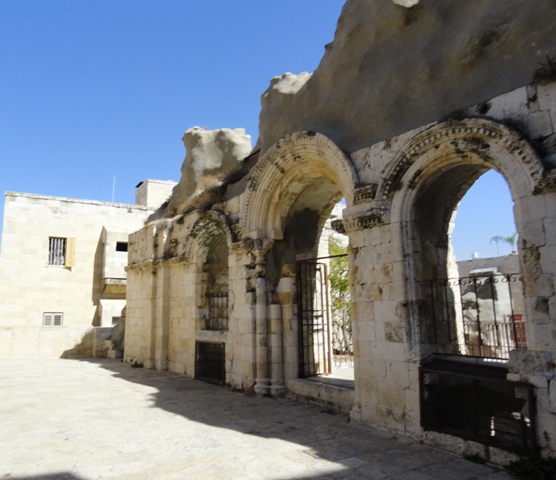
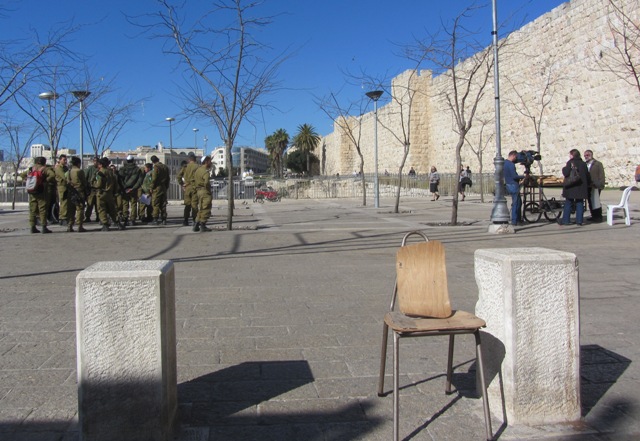
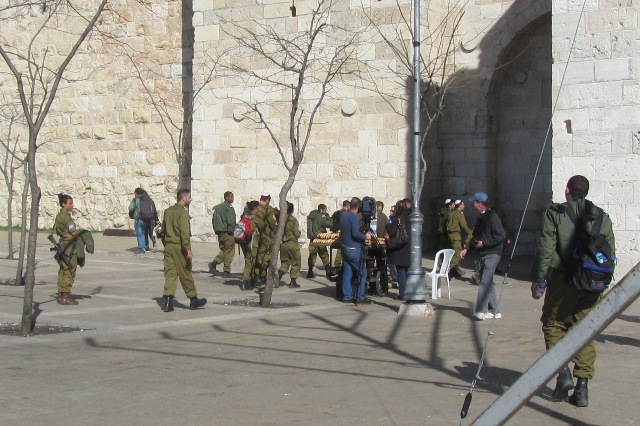

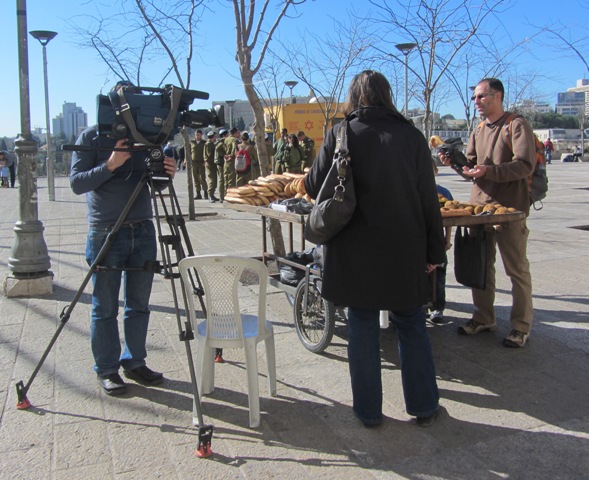
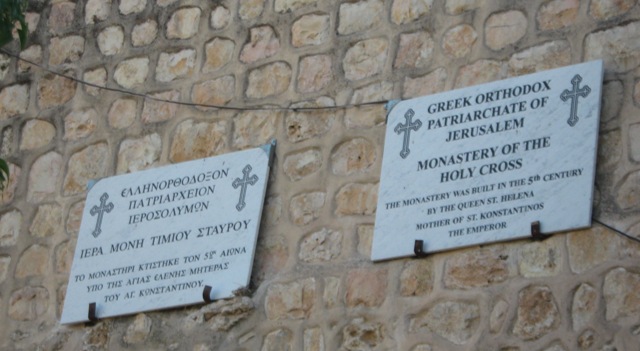
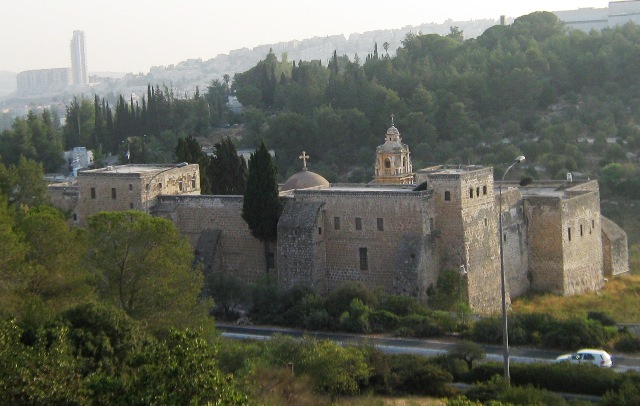
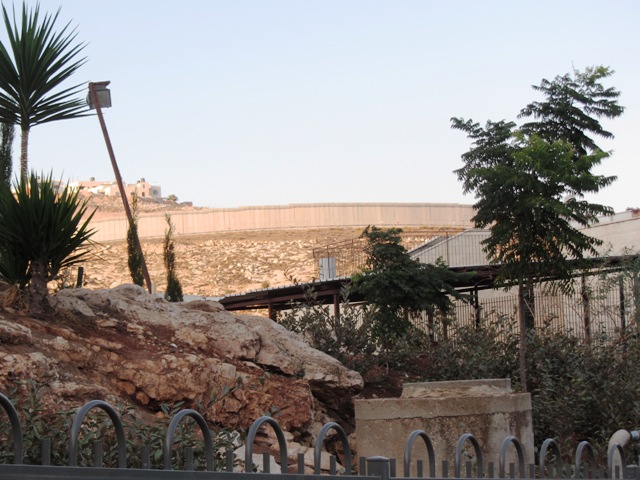
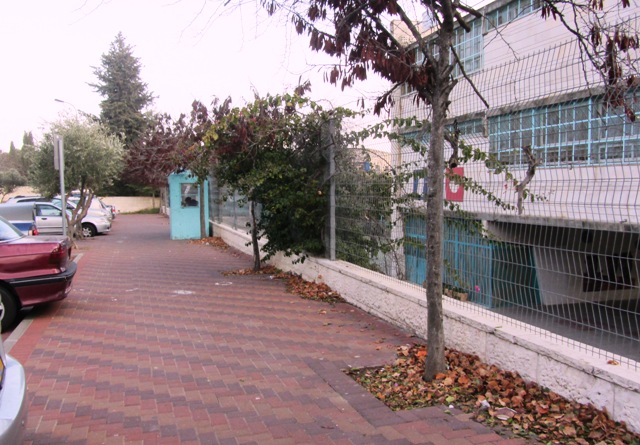
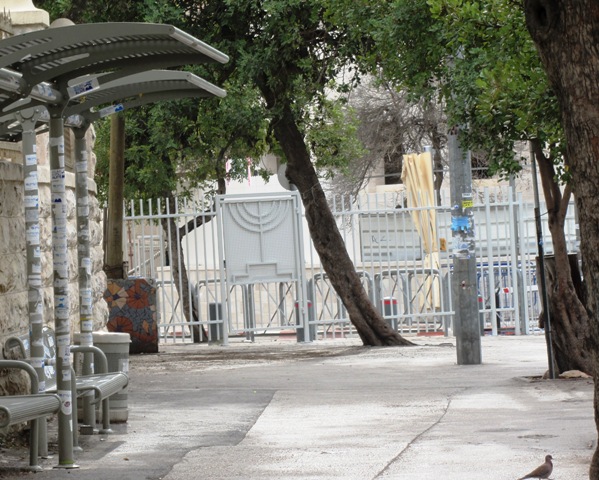
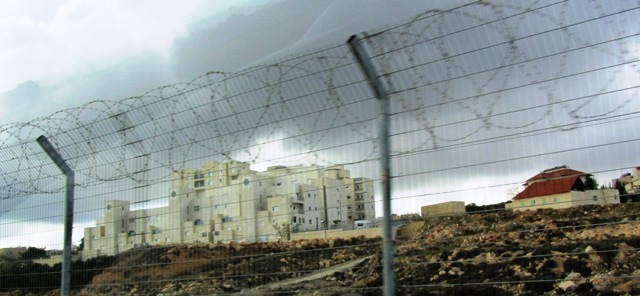

I wish the whole world would read your blog and quit believing everything we are told in the media these days.
Feel free to share and we will keep trying to show what is really happening.
Apropos to the above comment by Sara. Can you not put your photographs on U-tube? It would definitely reach a greater numbers of viewers.
You are the perfect representative for Jerusalem and Israel.
Thanks for the compliment, will look into the YouTube idea.
Interesting survey of various fences and discussion of security in Israel. I once photographed the border in the north (http://www.leoraw.com/blog/2008/12/borders/) – that was the beginning and end of my talking on the subject.
Keep up with the photo essay posts – they are informative.
Thanks. There are so many more, but had to keep post from getting too long, another time perhaps.
I attended a lecture on “the Wall” in Israel – security or provocation?? I then decided to check out other walls of the world. This piece is rather long, but I found interesting……..
What comes first, life or quality of life?
After 850 Israelis killed and thousands more wounded in 2000 Israel decided to construct the Security Fence to put a stop to these vile attacks. The fence is not permanent and could be relocated, or become completely unnecessary if peace is reached between Palestinians and Israelis. The number of attacks has declined by more than 90%, the number of Israelis murdered and wounded has decreased by more than 70% and 85%, respectively, after erection of the fence.
There is nothing new about erecting security fences in other countries:
USA States built fences to prevent illegal Mexican immigrants from entering its territory.
Spain has a fence separating its enclaves of Ceuta and Melilla from Morocco to stop people from sub-Saharan Africa from entering Europe.
India constructed a 460-mile barricade in Kashmir to stop infiltrations which are supported by Pakistan.
Saudi Arabia erected a 60-mile barrier along its border with Yemen to halt arms and arm smuggling and has plans to build a 500-mile fence along its border with Iraq.
Turkey built a barrier in the southern province of Alexandretta, which was formerly in Syria and is an area that Syria claims.
The UN sponsored a security fence in Cyprus reinforcing the island’s de facto partition.
British have built barriers to separate Catholic and Protestant neighborhoods in Belfast
After condemning Israel’s wall, the UN has announced its own plans to improve security in its New York headquarters.
The following list of “security walls” shows the dishonesty and condemnation regarding the wall erected to protect Israeli citizens, as apposed to other fences and/or walls erected in other countries.
Israeli West Bank
Construction Timeline: 2002, about halfway completed.
Materials: Concrete walls, multilayer fences, intrusion detection, exclusion area on both sides.
Purpose: To stop Palestinian terrorists from entering Israel.
Length: 436 miles
Reaction: One of the most controversial separation walls worldwide. The Israelis see the wall as necessary to Israel’s security against terrorism. The Palestinian view is that the wall cuts Palestinians off from their farmland and places of work, and confines them to specific areas. The international community, including the Red Cross, the U.N. and Amnesty International, all condemn the wall in its current form as illegal under international law.
Outcome: The wall continues to be built in spite of opposition and is expected to be completed in 2010.
Sources: BBC, B’Tselem, Human Rights Watch, Israel’s Security Fence (Government Site)
Baghdad, Iraq
Construction Timeline: Started April 10, 2007
Materials: Moveable 7.1-ton concrete sections, 12 feet high
Purpose: To end sectarian violence
Length: 3 miles (planned)
Reaction: Some Iraqi citizens feel they were not included in the proposal and that the U.S. is isolating the Sunni section of the city.
Outcome: U.S. military says they will continue building the security walls, but that they will be taken down after the area is deemed secure.
Sources: The Christian Science Monitor, CNN
Iraq-Saudi Arabia
Construction Timeline: Proposed in April 2006
Materials: Concertina wire fence, 23 feet high sand beam, five miles of no-mans-land
Purpose: To stop the flow of militants going to Iraq and prevent refugees and smugglers from getting into Saudi Arabia.
Length: 559 miles
Reaction: The U.S. administration supports the wall to help stop Saudi militants from going to Iraq.
Outcome: Expected to cost $590 million and take 6 years to build.
Sources: BBC, The Telegraph
Iraq-Kuwait
Construction Timeline: Finished in 1991
Materials: Concertina wire, electrified fencing, ten feet high dirt beam, trenches, guards and helicopters
Purpose: To prevent re-invasion by Iraq
Length: 120 miles
Reaction: Saddam Hussein viewed the barriers as an illegal separation of Iraqi land. There is no comment from the current government.
Outcome: Completed
Sources: North County Times
Afghanistan-Pakistan
Construction Timeline: Proposed in September 2005.
Purpose: To curb the movement of pro-Taliban militants and members of Al Qaeda into Afghanistan along the 1,500-mile border.
Reaction: Afghan President Hamid Karzai has said that Pakistan was trying to “enslave the Afghans” with the fence. Opposition groups within Pakistan have said the fence would be “detrimental to the social and economic interests of the ethnic Pashtun tribes.”
Outcome: Preliminary work has begun on a 20-mile section.
Source: BBC, USA Today
India-Pakistan
The barrier runs through the Line of Control which separates Indian-administered Kashmir from Pakistan-administered Kashmir.
Construction Timeline: Began in 1990s, finished in 2004
Materials: Concertina wire (12 feet high), double fencing, mines and motion/thermal tracking (where power is available).
Purpose: To stop smuggling and to deter Pakistani separatist militias
Length: 330 miles
NOTE : Reaction: Pakistan objects to the wall, contending the area’s borders are in dispute, making border fencing illegal.
Outcome: Completed
Sources: Daily Times, The New York Times
Iran-Pakistan
Construction Timeline: Started May, 2007
Materials: Large earth and stone embankments, ditches, guard fortresses (3 feet thick, 10 feet high)
Purpose: To stop smuggling of drugs to Iran and fuel to Pakistan and to stop terror attacks
Length: 435 miles (planned)
NOTE: Reaction: The wall will divide and displace Baloch people which live on the border.
Outcome: Iran has moved to vacate groups on the border; Pakistan has said they support Iran’s right to build a wall on their territory.
Sources: The News, BBC
Spain-Morocco (Melilla)
Source: Chiara Tamburini, BrusselsConstruction Timeline: Finished in 1998
Materials: 3 parallel 10 feet fences with barbed wire. Ninety miles of underground cable connect spotlights, noise and movement sensors, and video cameras to a central control booth.
Purpose: To stop the flow of illegal immigrants from Morocco.
Length: 6 miles of fencing
Reaction: Morocco opposes the border fence and doesn’t recognize Spain’s sovereignty over the town of Melilla.
Outcome: The wall was completed and partially funded by the European Union. In 2001 a similar project was completed in the town of Ceuta, despite objections by Morocco.
Sources: BBC, Wired
Via Anelli Wall, Italy
Construction Timeline: August 2006
Materials: A steel wall standing at close to 10 feet, with CCTV cameras and a policed entrance.
Purpose: To quell gang violence, drug dealing and prostitution in the Via Anelli quarter of Padua, Italy.
Length: 275 feet
Reaction: Groups have called the wall racist and say it creates a ghetto for poor illegal immigrants, mostly from Africa.
Outcome: Completed
There is tons of material available and in almost every article, Israel’s infamous wall was condemned……..
Wow, so much research, interesting information